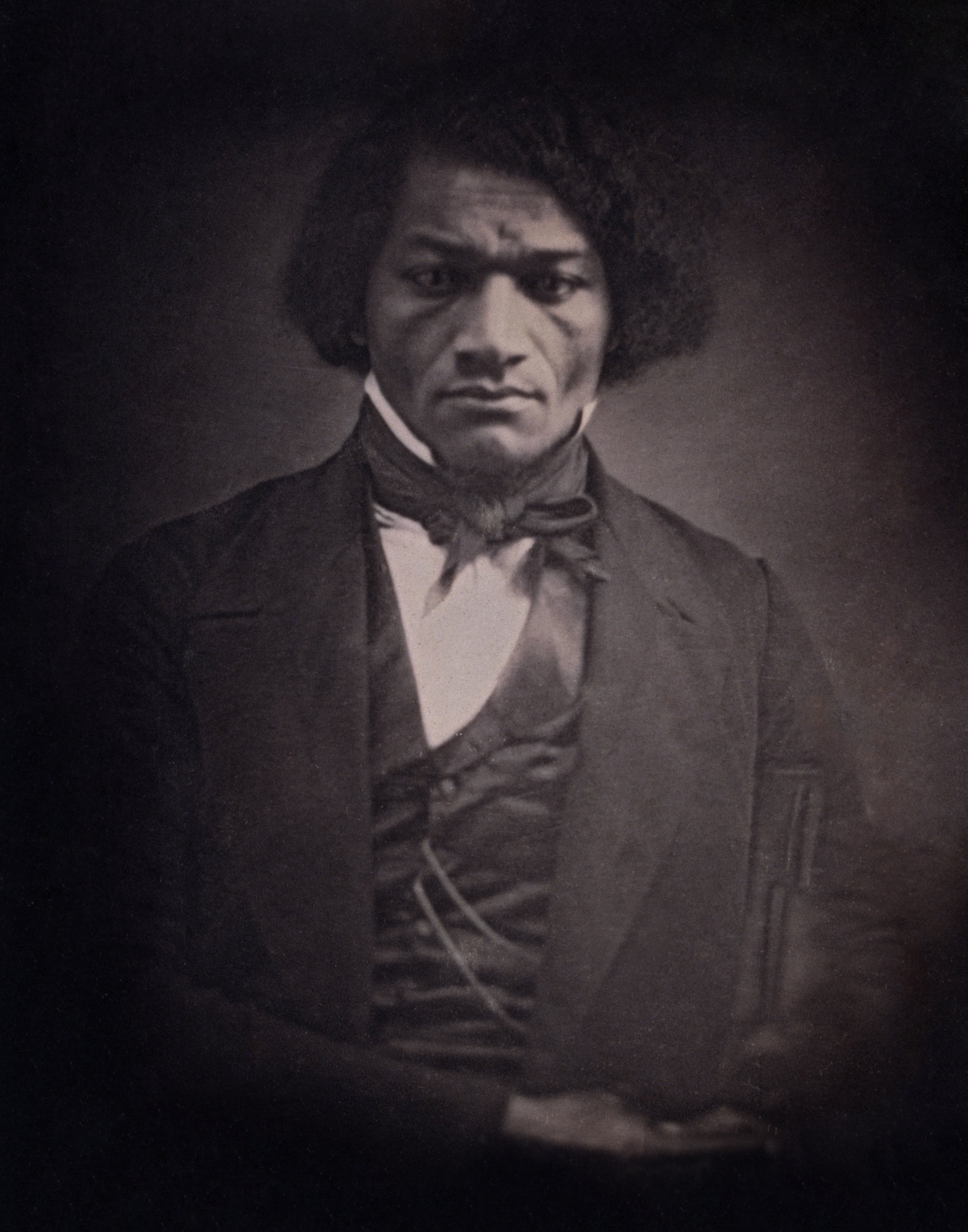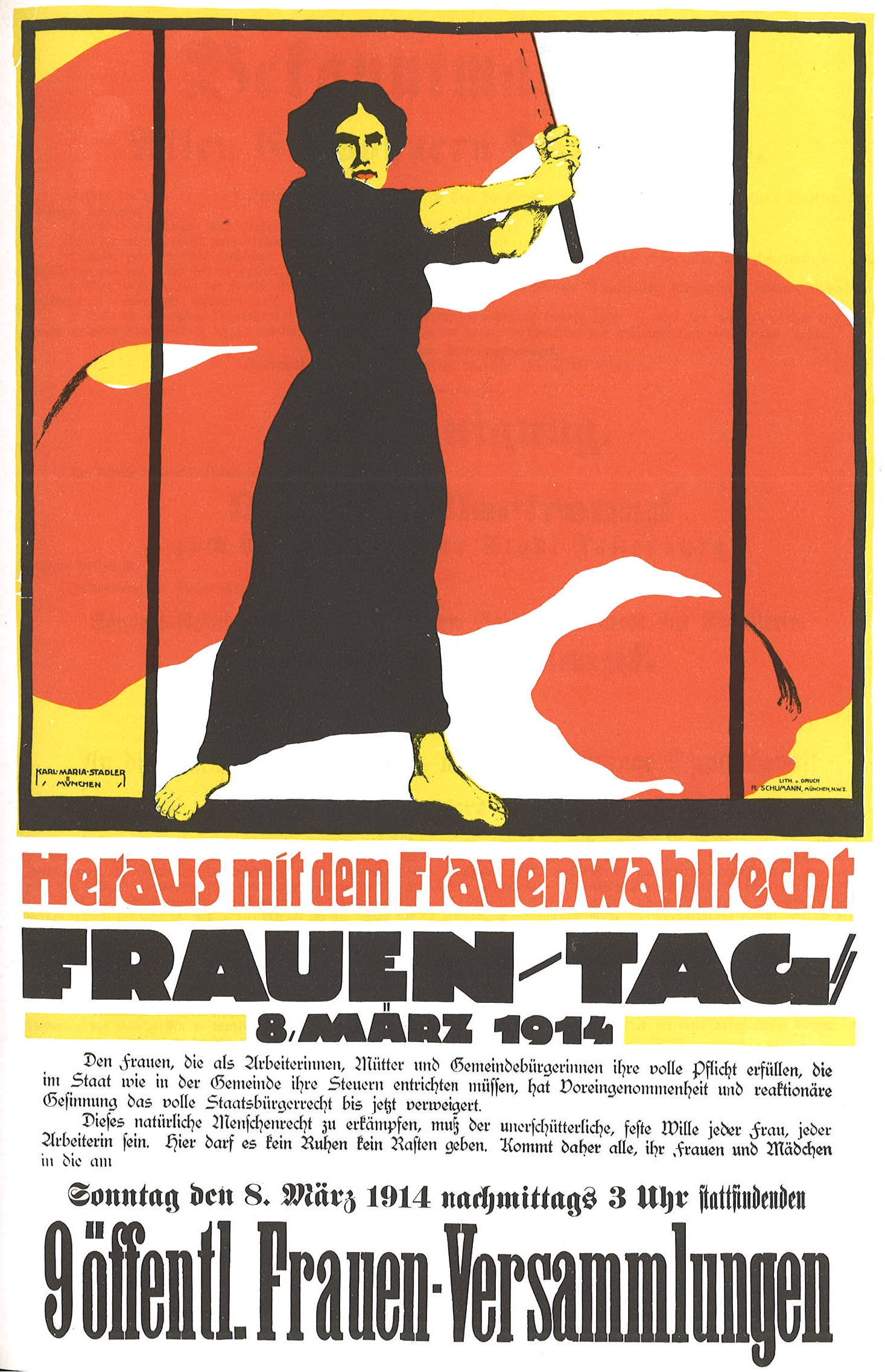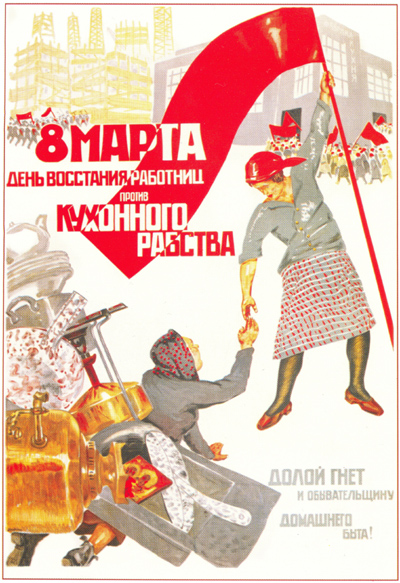Rachel Carson loved the woods and the sea. She used her pen to defend the natural world from toxic chemicals. As her own body succumbed to cancer, Carson fought to help launch the modern environmental movement…
Video 1: A Fable for Tomorrow
Focus on Today. Artists change the world. But art is also a product of the world, and artists themselves need support in order to create. In the United States, artists gain support from national organizations like the National Endowment for the Arts and the National Endowment for the Humanities (both of which face regular threats to their funding), but also from many smaller local organizations. In Pittsburgh, artists (including us!) gain support from the Sprout Fund, assemble, the Manchester Craftsman’s Guild, and dozens of other organizations that believe art fosters community, challenges convention, and creates dialogue.

City of Asylum, Pittsburgh
Pittsburgh is also home to City of Asylum, an organization that provides sanctuary to endangered writers so that they can continue to write and their voices are not silenced. Who supports the arts in your community? How can you contribute?
Interact and Learn | The Word and the World. Click below to explore a map of artists who worked in service of social change.
What inspires artists to risk their lives for social justice? How can art change the world?
Who’s missing from the map? Thousands and thousands of artists have helped make the world better. Who else should be recognized?
Global Connections. In 1864, the African American abolitionist Frederick Douglass declared, “Poets, prophets, and reformers are all picture makers—and this ability is the secret of their power and of their achievements. They see what ought to be by the reflection of what is, and endeavour to remove the contradiction.”

Frederick Douglass
Douglass had seen the power of “picture makers” to create social change. He had wielded the power of art on behalf of freedom. His autobiography, the Narrative of the Life of Frederick Douglass, became an international sensation. By vividly portraying the injustice of slavery, Douglass raised support for the North during the Civil War and thus contributed to the emancipation of America’s slaves. Works of art often cross national borders, raising awareness of distant struggles and motivating people to care about strangers.
Experiment in social change. How can you use the power of words to create positive change? First, find something written (a story, a novel, a poem, a magazine article, a blog post) that you find powerful and that connects to a problem in the world or to someone trying to fix a problem. Write a few sentences about that piece of writing explaining why you find it powerful, and then send both what you wrote and the original to at least 5 people. Ask them for their opinions on the work and encourage them to pass it on to others.
Reflect and Question. Here is a famous short story by Franz Kafka. What does it say about the power of language?
A Message from the Emperor
The emperor—it is said—sent to you, the one apart, the wretched subject, the tiny shadow that fled far, far from the imperial sun, precisely to you he sent a message from his deathbed. He bade the messenger kneel by his bed, and whispered the message in his ear. So greatly did he cherish it that he had him repeat it into his ear. With a nod of his head he confirmed the accuracy of the messenger’s words. And before the entire spectatorship of his death—all obstructing walls have been torn down and the great figures of the empire stand in a ring upon the broad, soaring exterior stairways—before all these he dispatched the messenger. The messenger set out at once; a strong, an indefatigable man; thrusting forward now this arm, now the other, he cleared a path though the crowd; every time he meets resistance he points to his breast, which bears the sign of the sun; and he moves forward easily, like no other. But the crowds are so vast; their dwellings know no bounds. If open country stretched before him, how he would fly, and indeed you might soon hear the magnificent knocking of his fists on your door. But instead, how uselessly he toils; he is still forcing his way through the chambers of the innermost palace; never will he overcome them; and were he to succeed at this, nothing would be gained: he would have to fight his way down the steps; and were he to succeed at this, nothing would be gained: he would have to cross the courtyard and, after the courtyard, the second enclosing outer palace, and again stairways and courtyards, and again a palace, and so on through thousands of years; and if he were to burst out at last through the outermost gate—but it can never, never happen—before him still lies the royal capital, the middle of the world, piled high in its sediment. Nobody reaches through here, least of all with a message from one who is dead. You, however, sit at your window and dream of the message when evening comes. — Translated by Mark Harman
How can words both liberate and oppress?
To explore the power of words and to learn more about how Rachel Carson used her gifts as a writer to help launch environmentalism, watch Video 2: Books and Other Dangerous Things…
Video 2: Books and Other Dangerous Things
Focus on Today. Environmentalism is like a tree with many roots and branches. Today, many of those branches are supported by organizations that connect grassroots members, environmental scientists, and policy advocates. The Natural Resources Defense Council (NRDC), for example, brings together lawyers and scientists to protect the earth and the natural systems on which all life depends. The Environmental Defense Fund (EDF) similarly uses interdisciplinary teams of economists, scientists, and lawyers to protect the Earth’s resources. The Earth is a living ball of connections. It is only natural that environmentalism echoes that interconnectedness.
Global Connections. On December 7, 1972, astronauts aboard Apollo 17 snapped a photo of the Earth from space. That famous photograph vividly reveals a profound truth—we all share one planet. Many environmental problems are global. The destruction of rainforests, the pollution of the oceans, the dramatic changes in our climate—all impact the entire world. But just because environmental problems are global doesn’t mean that everyone suffers equally.
Look at how much of Bangladesh is at risk of severe flooding as a result of rising sea levels:

Wealthy countries contribute disproportionately to the greenhouse gases that are changing our climate. And yet poor countries like Bangladesh suffer the most—not just because of geography (some wealthy countries like the Netherlands also face geographical challenges) but because poor countries have fewer resources to cope with global climate change and the other massive environmental changes created by the way we are living on the planet.
Experiment in social change. Social movements take many forms, from protest marches to court cases to community organizing. One thing they all need is committed volunteers. Choose an organization that you believe in and become a member. If possible, try to attend a meeting of the organization, whether a public protest or a small planning meeting. If you can’t find an organization you believe in enough to become a member, could you create one? What kind of organization would you create? What would its goal be?
Reflect and Question. What attracted you to the organization you chose? How do you plan to contribute to that organization’s efforts?
A young man attended a service-learning course in which students volunteered at a homeless shelter once a week for a semester. At the end of the course, the student wrote about his positive experiences serving at the shelter. “I only hope,” he proclaimed, “that the shelter will be here in twenty years so that my son can have the same experience that I had.” What is troubling about that sentiment?
In 1968, an Austrian philosopher and Catholic priest, Ivan Illich, delivered a scathing speech, “To Hell With Good Intentions,” that denounced what many call “voluntourism” or “slactivism.” Why did Illich see “volunteerism” as inherently problematic? Did Illich see any role for volunteer service?
To learn how Rachel Carson contributed to the feminist movement as well as to environmentalism, watch Video 3: Well-Behaved Women…
Video 3: Well-Behaved Women
Focus on Today. The fight for women’s rights continues to be central to the struggle for a more just world. Many organizations are attacking the intersection of sexism with other forms of oppression and injustice. Women for Women International supports women in war-torn regions with financial and emotional aid, job-skills training, rights education and small business assistance. Every Mother Counts campaigns to increase education and support for maternal mortality reduction globally.

Ela Bhatt, Founder of SEWA, the Self-Employed Women’s Assocation
In India, SEWA, the Self-Employed Women’s Association, empowers poor, self-employed women workers. Apne Aap organizes small groups of women and girls affected by human trafficking into self-empowerment groups to access three fundamental rights–education, dignified livelihood and legal empowerment. Throughout the world, supporting women’s rights means supporting healthier communities, as women tend to invest more than men in education, healthcare, and other basic needs.
Interact and Learn | Unsilent Spring. We hooked up with artist/journalist Em DeMarco to make this comic about Rachel Carson and the history of feminism. Read the beginning below, and see the whole comic here!

Click here to read the rest of Unsilent Spring!
Global Connections. Do you know the date of International Women’s Day? March 8th. Now a harder question: when did International Women’s Day become international?
In the United States, the first National Women’s Day was observed in 1909 in recognition of a historic strike among women garment workers the previous year. In 1910, a gathering of socialists and labor activists in Copenhagen voted to establish an International Women’s Day. By 1914, the day had spread to many countries in Europe.
This German poster declares: “Give Us Women’s Suffrage. Women’s Day, March 8, 1914. Until now, prejudice and reactionary attitudes have denied full civic rights to women, who as workers, mothers, and citizens wholly fulfill their duty, who must pay their taxes to the state as well as the municipality. Fighting for this natural human right must be the firm, unwavering intention of every woman, every female worker. In this, no pause for rest, no respite is allowed. Come all, you women and girls, to the 9th public women’s assembly on Sunday, March 8, 1914, at 3pm.”
International Women’s Day was a product of the labor movement and gained the strongest official support in communist countries. Here is a Soviet poster that declares March 8th “a day of rebellion by working women against kitchen slavery.” The poster urges its readers to “say NO to the oppression and vacuity of household work!”
International Women’s Day became popular in the non-communist world in the 1970s. Now, celebrations exist in many countries worldwide. Many go beyond celebrating women to push for social changes that would empower women.
Experiment in social change. Controversies surrounding gender and sexuality saturate today’s mass media. Using the Internet, find an example of a commercial that reproduces prevailing stereotypes of how a woman is supposed to look or behave. Then, try to find an advertisement that bucks the norm and embraces a more liberating conception of womanhood. Has a protest campaign already been launched to attack the first commercial and embrace the second? If so, can you contribute? If not, could you start such a campaign?
Reflect and Question. What did you discover about sexism in the media? Have sexist ads like the one below become less common or are today’s ads sexist in a different way?

While organizations like Adbusters challenge the power of advertisements, alternative forms of media are becoming more powerful. Check out this spoken word performance that challenges borders of many kinds, and ponder the fact that the performance is freely available via the internet. How can the web be used to attack stereotypes?
Keep Learning. To learn more about Rachel Carson, explore our suggestions for further reading or…
See how Gandhi developed his own ecology…Explore Andrew Carnegie’s contribution to industrialization…Discover what Einstein loved as much as Carson loved the sea…or Learn how Rosa Parks challenged racism and sexism…
Further Reading

Silent Spring. Carson’s most famous book, Silent Spring only grows more relevant with time. The best way to understand Carson’s impact is to read the book that helped launch a movement.
Books on the Sea
Rachel Carson loved the ocean and wrote three books that demonstrate that love. Her first book, Under the Sea-wind, remained her personal favorite throughout her life. Her second book, The Sea Around Us, won the national book award and launched Carson’s national reputation as a science writer. Her third book, The Edge of the Sea, describes the ecology of the shoreline in all its complex beauty. Carson’s triumvirate of ocean books reveal the mysteries of the sea as well as the power of writing:
Rachel Carson, Under the Sea-wind (New York: Oxford University Press, 1941)
Rachel Carson, The Sea Around Us (New York: Oxford University Press, 1951)
Rachel Carson, The Edge of the Sea (Boston: Houghton Mifflin Company, 1955)
Biography
William Souder, On a Farther Shore: The Life and Legacy of Rachel Carson, Author of Silent Spring (New York: Crown, 2012)
Linda Lear, Rachel Carson: Witness for Nature (Mariner Books, 2009)
Mark Hamilton Lytle, The Gentle Subversive: Rachel Carson, Silent Spring, and the Rise of the Environmental Movement (Oxford: Oxford University Press, 2007)
On Silent Spring
Conor Mark Jameson, Silent Spring Revisited (London: A&C Black Trade, 2012)
Craig Waddell, Ed., And No Birds Sing: Rhetorical Analyses of Rachel Carson’s Silent Spring (Southern Illinois University Press, 2000)
Websites
http://www.rachelcarson.org/
http://www.environmentandsociety.org/exhibitions/silent-spring/overview
http://www.carsoncenter.uni-muenchen.de/index.html








